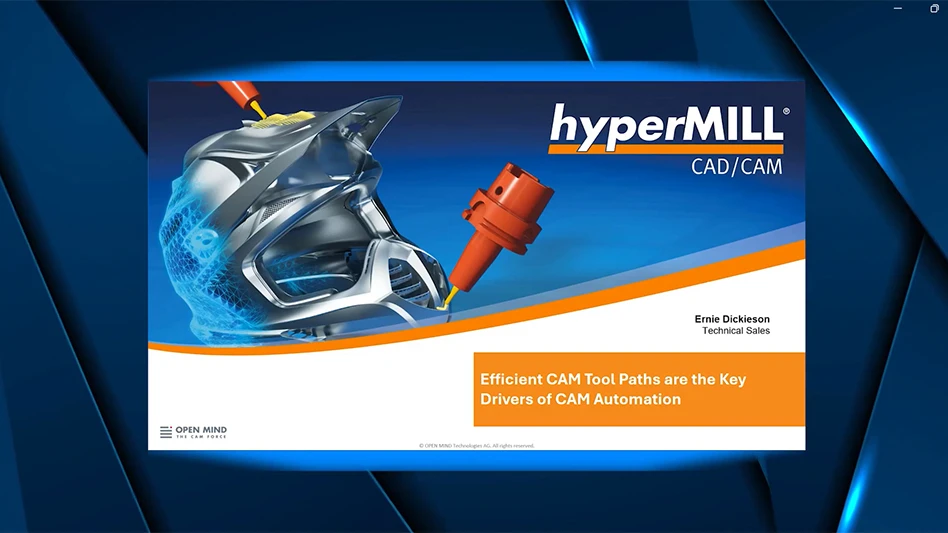
Washington, D.C. – NASA has selected 399 research and technology proposals from 277 American small businesses and 44 research institutions that will enable NASA's future missions into deep space, and advancements in aviation and science, while also benefiting the U.S. economy. The awards have a total value of approximately $49.9 million.
The agency received 1,621 proposals in response to its 2017 solicitation for its Small Business Innovation Research (SBIR) and Small Business Technology Transfer (STTR) programs. From those, NASA selected 338 SBIR and 61 STTR Phase I proposals for contract negotiations. The SBIR Phase I contracts last for six months and STTR Phase I contracts last for 12 months, both with maximum funding of $125,000.
Steve Jurczyk, associate administrator for the Space Technology Mission Directorate (STMD) at NASA Headquarters in Washington, said, "This program provides opportunities for companies and institutions to commercialize their innovations while contributing to meeting NASA's goals and objectives across all mission areas."
Selected proposals will support the development of technologies in the areas of aeronautics, science, human exploration and operations, and space technology.
Among the winning proposals is software-enabling collaborative control of multiple unmanned aircraft systems, especially in scenarios where uncrewed vehicles fly in close proximity to crewed flights.
Another is a leading-edge manufacturing process that enables recycling of used or failed metal parts by placing them into a press, producing a slab of metal, and machining it into a needed metal part in logistically remote environments, such as a space station or long-duration space mission. This area also is of interest to the manufacturing sector, since there is a need to reduce processing footprint.
Proposals were selected according to their technical merit and feasibility, in addition to the experience, qualifications, and facilities of the submitting organization. Additional criteria included effectiveness of the work plan and commercial potential.
SBIR and STTR programs are competitive awards-based programs. They encourage small businesses and research institutions to engage in federal research and development, and industrial commercialization, by enabling them to explore technological potential and providing incentives to profit from new commercial products and services. The awards span 36 states, the District of Columbia, and Puerto Rico.
The SBIR program is managed for STMD by NASA's Ames Research Center in California's Silicon Valley.
NASA also is investing in 22 early-stage technology proposals that have the potential to transform future human and robotic exploration missions, introduce new exploration capabilities, and significantly improve current approaches to building and operating aerospace systems.
The 2017 NASA Innovative Advanced Concepts (NIAC) portfolio of Phase I awards are valued at approximately $125,000, for nine months, to support initial definition and analysis of their concepts. If these basic feasibility studies are successful, awardees can apply for Phase II awards. Awards under Phase II of the NIAC program can be worth as much as $500,000, for two-year studies, and allow proposers to further develop Phase I concepts that successfully demonstrated initial feasibility and benefit.
Proposals chosen under the first phase of the NIAC funding include the development of soft robotic spacecraft with flexible surfaces that can anchor to an asteroid and an artificial gravity device for long-duration, deep-space missions.
Latest from Aerospace Manufacturing and Design
- Piper Aircraft receives its largest ever domestic trainer order
- Miniature, high force-to-size linear voice coil servo motor
- MagniX, Robinson to develop battery electric R66 helicopter
- Zero-point clamping modules
- Hartzell electric engine propeller earns FAA approval for AAM
- Thin profile flame and thermal barrier
- Guill Labs offer materials and extrusion testing
- High production vertical honing systems






